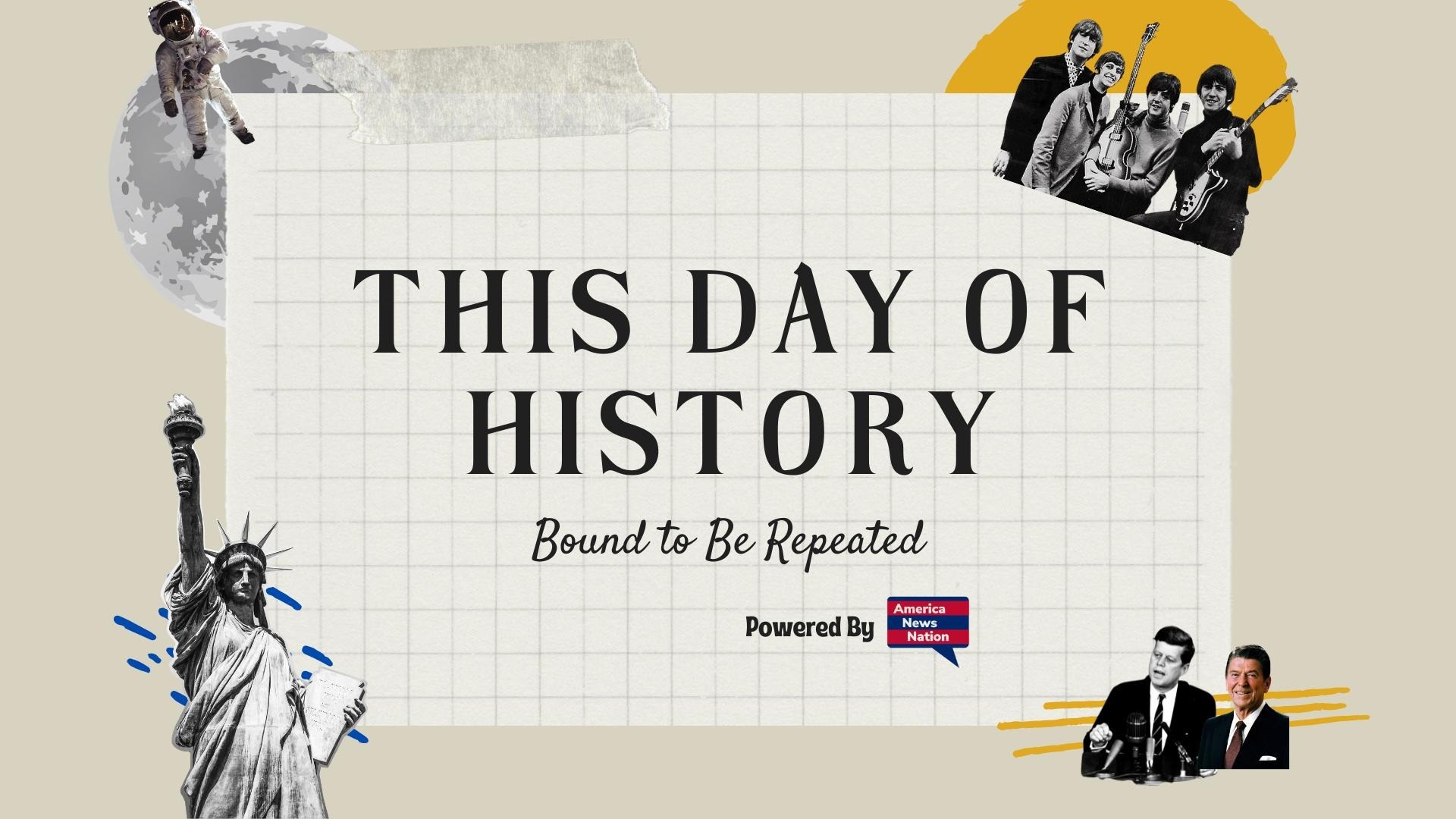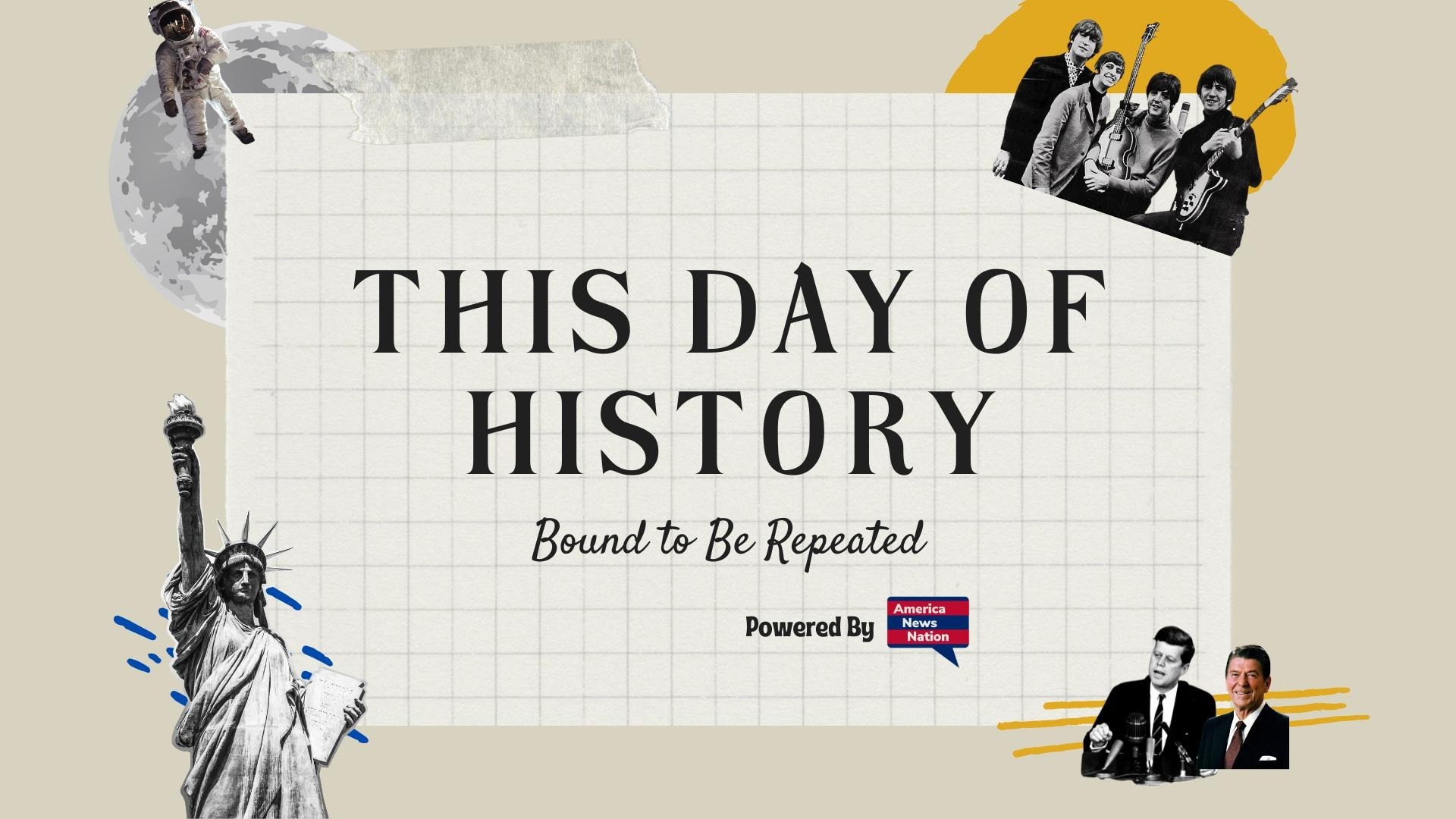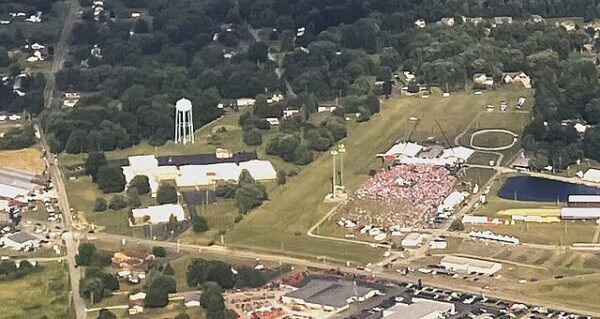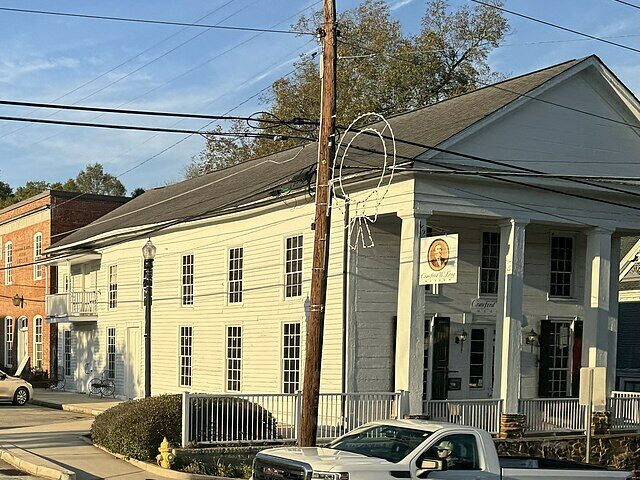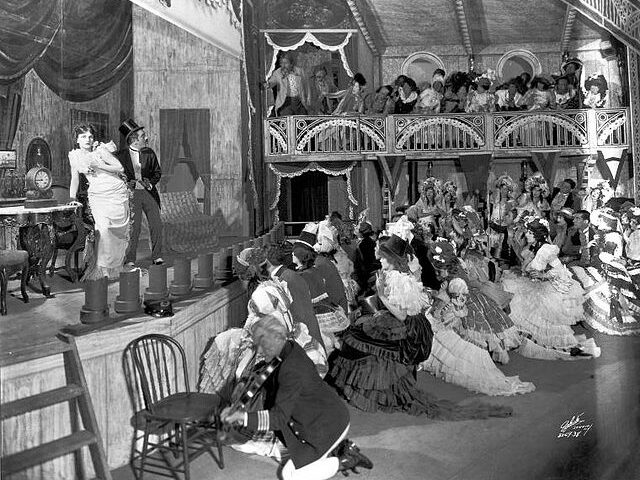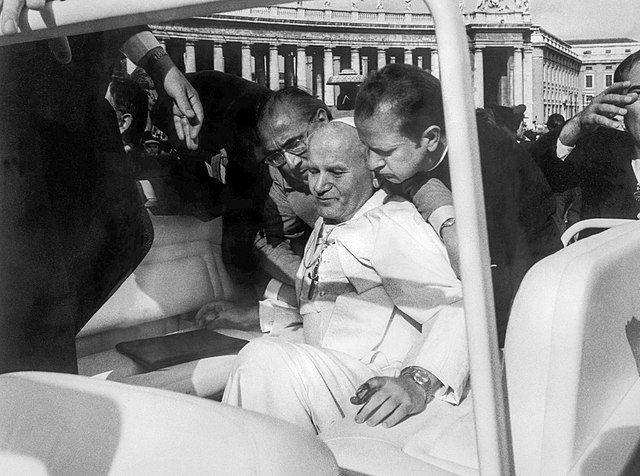On July 13, 2024, President Donald J. Trump was shot and wounded during a campaign rally in Butler, Pennsylvania, in what authorities have classified as an attempted assassination. The attack, which occurred just after 6:00 p.m. at the Butler Farm Show grounds, stunned the nation and cast a pall over the 2024 presidential election. The suspect, identified as 20-year-old Thomas Matthew Crooks of Bethel Park, Pennsylvania, opened fire from a rooftop outside the venue, injuring Trump and killing one rallygoer before being shot dead by the Secret Service.
The rally was underway when a sudden burst of gunfire interrupted Trump’s remarks. Chaos erupted as agents rushed the president offstage. Eyewitness footage and photographs later revealed Trump clutching his right ear, blood visible on his cheek and hand. Despite the injury, he raised his fist to the crowd as he was escorted to safety—a gesture that quickly became emblematic of his survival and resolve. Trump was taken to a nearby hospital where he was treated for a non-life-threatening injury. He was released later that evening.
The Secret Service confirmed that the gunman fired multiple rounds from an AR-style rifle from an elevated position approximately 150 yards away. The assassin had managed to climb onto the roof of a building outside the perimeter secured by law enforcement. In addition to Trump, two attendees were struck—one fatally. The victims, Corey Comperatore, a local firefighter and father of two, was hailed as a hero for shielding his family from the gunfire. The second wounded attendee was hospitalized in critical condition.
The head tilt that saved President Trump’s life and likely Americapic.twitter.com/nnVQwmRN5G
— Paul A. Szypula 🇺🇸 (@Bubblebathgirl) July 14, 2024
Law enforcement agencies, including the FBI, ATF, and Pennsylvania State Police, launched a joint investigation into the shooter’s background and motives. Initial reports indicated that Crooks had no prior criminal record but had exhibited signs of mental instability. Investigators recovered a scoped rifle and are reviewing the suspect’s digital footprint for evidence of political or ideological motivation.
President Trump issued a brief statement hours after the shooting, thanking first responders and asking Americans to “remain united.” He wrote on social media, “I am fine. Nothing will stop us. We will Make America Great Again!” The following day, he appeared remotely at the Republican National Convention in Milwaukee with a bandage on his ear, reiterating his intention to continue his campaign.
The attempted assassination instantly altered the tone of the 2024 race. While political tensions had already been high, the shooting galvanized Trump’s supporters and drew widespread condemnation from across the political spectrum. President Joe Biden addressed the nation the night of the shooting, calling the act “abhorrent” and stating, “There is no place for political violence in America.” He suspended his own campaign activities for several days as a gesture of respect.
In the aftermath, the Department of Homeland Security raised the threat level for all campaign-related events nationwide. The Secret Service expanded its protective footprint, and local law enforcement agencies were instructed to increase coordination with federal partners. At the same time, questions arose about security protocols at the rally, particularly the failure to identify and neutralize a rooftop shooter in advance.
The incident drew comparisons to past assassination attempts on U.S. presidents, most notably Ronald Reagan in 1981 and the fatal shooting of Robert F. Kennedy in 1968 during a campaign event. Trump, already a historically polarizing figure, emerged from the attempt with a renewed aura of defiance. Many of his supporters likened the event to a turning point—both spiritually and politically—and invoked the image of Trump as a “survivor.”
Historians and commentators noted the unprecedented nature of an attempted assassination against a former president during a reelection campaign in the social media era. Within minutes, graphic footage, speculation, and conspiracy theories flooded online platforms. The White House and federal agencies urged the public to rely on verified sources and avoid misinformation.
As the country braced for the coming election, the rally shooting served as a stark reminder of the fragility of democratic institutions in a time of polarization and unrest. For Donald Trump, it became both a personal trial and a symbolic reaffirmation of his combative political identity—one forged in conflict, and now, quite literally, in blood. That November, Trump would reclaim the White House, defeating Kamala Harris and winning both the popular vote and Electoral College .
